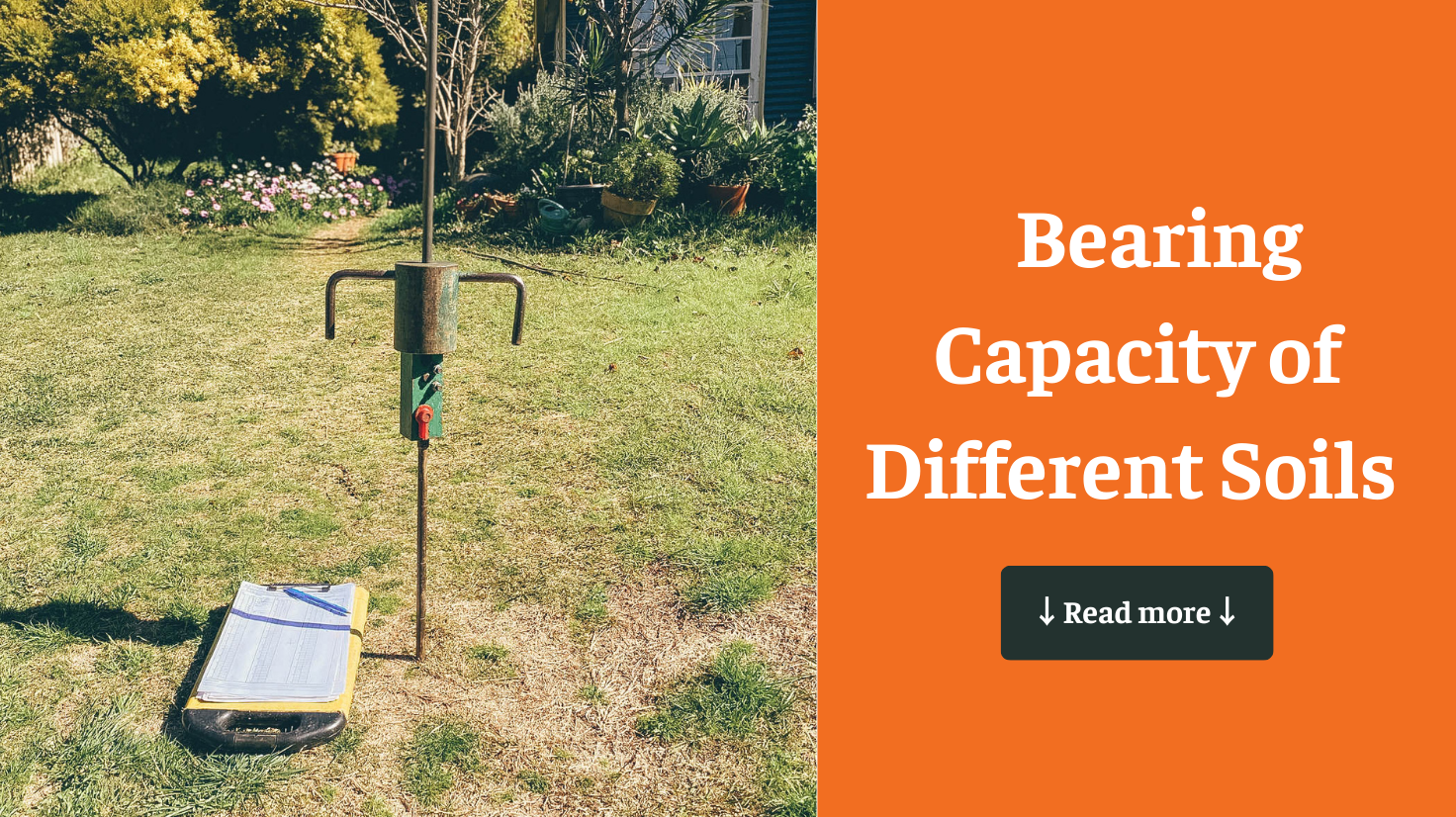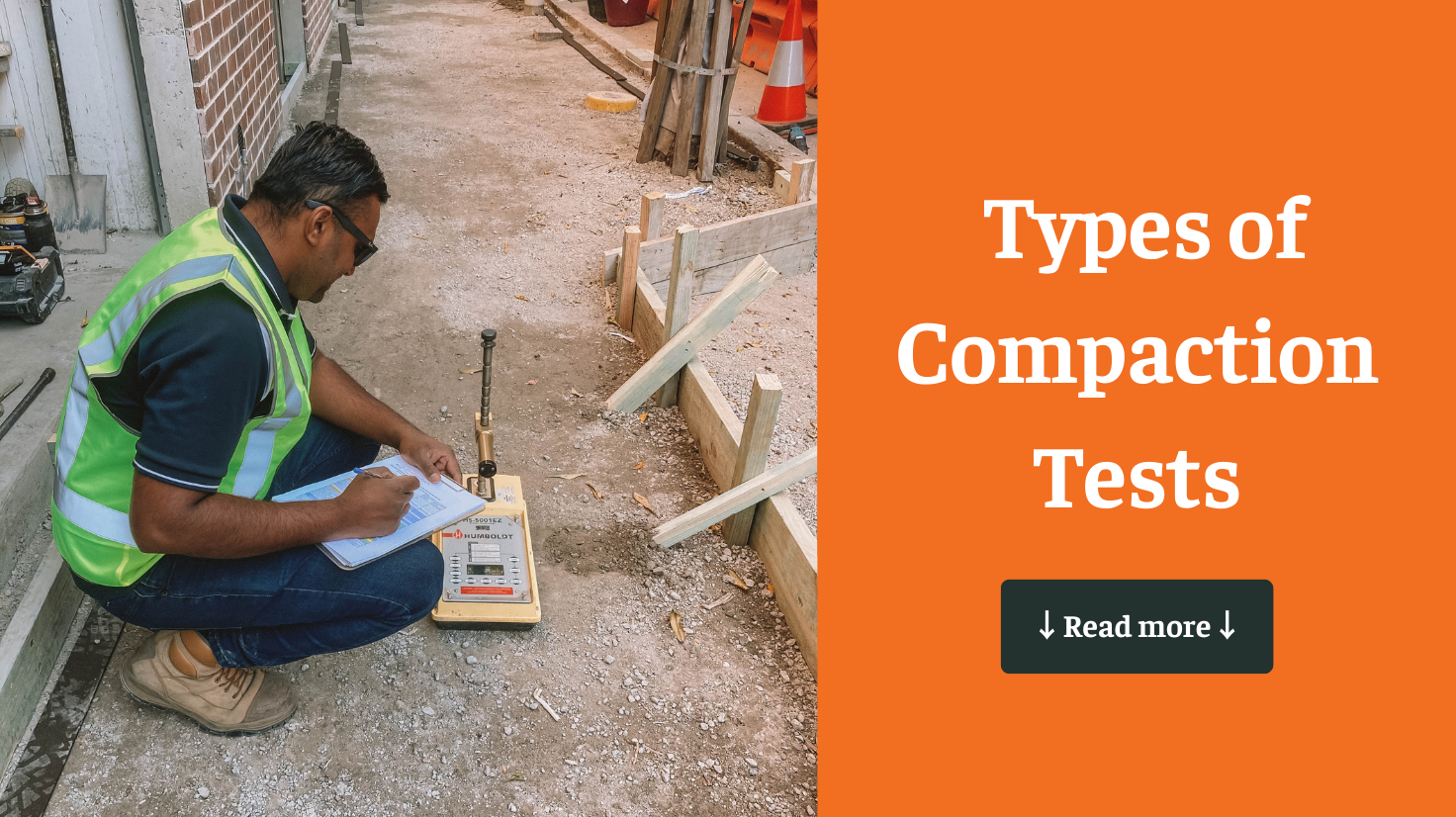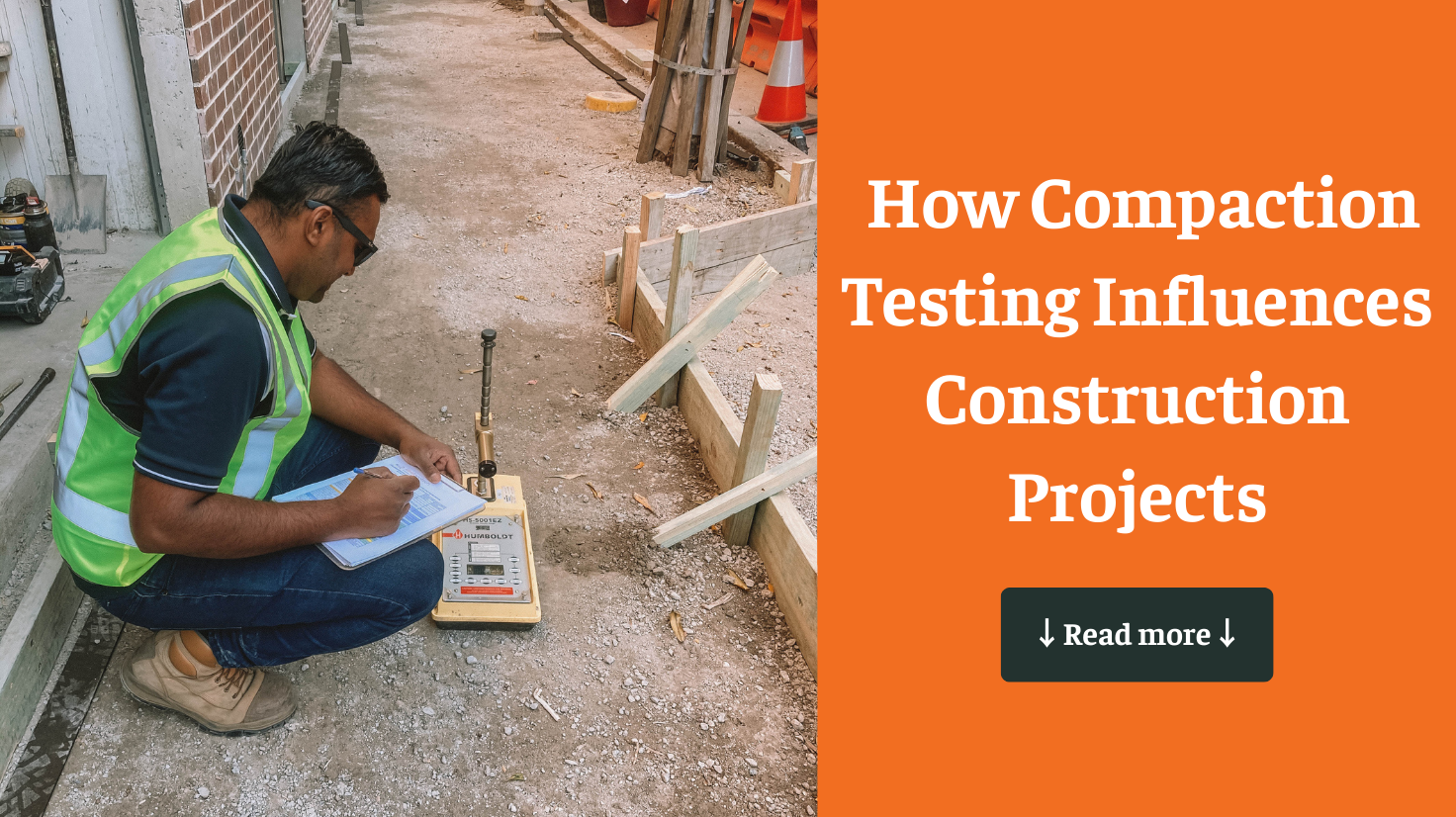The bearing capacity of different soils for foundation design plays a critical role in determining the stability and longevity of any structure. This article examines how various soil types affect bearing capacity and offers guidance on designing foundations accordingly.
Outline
Toggle1. Overview of Soil Types in Foundation Design
In foundation engineering, the type of soil beneath a structure plays a significant role in design decisions. The bearing capacity of soil determines how well it can support the load of a structure without settling or failing. Understanding soil properties and classifications is crucial for creating safe and durable foundations.
Soils vary in their load-bearing capabilities, ranging from rock and gravel to clay and sand. The first step in foundation design involves assessing the site’s soil, a process made easier with a geotechnical assessment. To ensure thorough analysis, using Geotech Services from Ideal Geotech is highly recommended. This analysis ensures the soil is appropriate for a stable foundation that meets safety standards.
2. Bearing Capacity of Common Soil Types
Soils differ significantly in their ability to support structures, which directly affects foundation design. Here are some common soil types and their typical bearing capacities:
- Rock: With bearing capacities exceeding 5,000 kPa, rock is perfect for supporting heavy structures and minimises the risk of settlement.
- Gravel: Gravel is stable and provides bearing capacities between 300 and 600 kPa. Its excellent load distribution and drainage properties make it ideal for many structures.
- Sand: Compacted sand offers a bearing capacity of 100 to 300 kPa. Loose sand, however, can cause foundations to shift if not handled correctly.
- Clay: Depending on moisture levels, clay has a bearing capacity ranging from 50 to 100 kPa. It can shrink and expand with moisture changes, potentially destabilising foundations.
- Silt: Silt holds water easily and has a bearing capacity between 75 and 200 kPa. Due to water retention and frost heave, it presents challenges in foundation design.
Understanding the bearing capacity of different soils for foundation design helps engineers choose suitable foundation types for each site.
3. Soil Classification Methods
In soil classification in foundation engineering, several methods categorise soils based on characteristics like grain size, moisture content, and compaction. The most common soil classification systems include:
- Unified Soil Classification System (USCS): This system categorises soils by grain size and plasticity, placing them into groups like gravel, sand, silt, and clay.
- AASHTO Soil Classification System: Used mainly for road construction, this system classifies soils based on their suitability for supporting roadbed materials.
- Atterberg Limits: This method assesses the plasticity and shrinkage properties of fine-grained soils like clay and silt, helping to predict their load-bearing behaviour.
These methods allow geotechnical engineers to make informed decisions about the best foundation for each project.
4. Best Practices for Different Soils
When designing foundations, it’s essential to follow best practices specific to each soil type to ensure stability:
- Rock and Gravel: Shallow foundations, like spread footings, work best for these soils. They provide good load distribution and require minimal excavation.
- Sand: Compact sand properly to prevent settlement. Spread footings and mat foundations are ideal for well-compacted sandy areas.
- Clay: Because clay shrinks and swells, deep foundations like pile foundations work best. These transfer the load to deeper, more stable layers.
- Silt: Silt needs proper drainage systems and soil stabilisation techniques to perform well. These improvements reduce issues related to water retention and frost heave.
Partnering with professionals such as Ideal Geotech ensures the right foundation design for each specific soil condition, optimising safety and cost-efficiency.
5. Conclusion
The bearing capacity of different soils for foundation design is a key factor in ensuring the stability and safety of any structure. By thoroughly analysing soil types and using proper classification methods, engineers can select the best foundation designs for each project. Whether dealing with rock, gravel, sand, clay, or silt, understanding soil characteristics is essential for strong, reliable construction.
For reliable geotechnical assessments and foundation design guidance, contact Ideal Geotech. Our expert team will ensure your foundation is built on solid ground, literally and figuratively.






